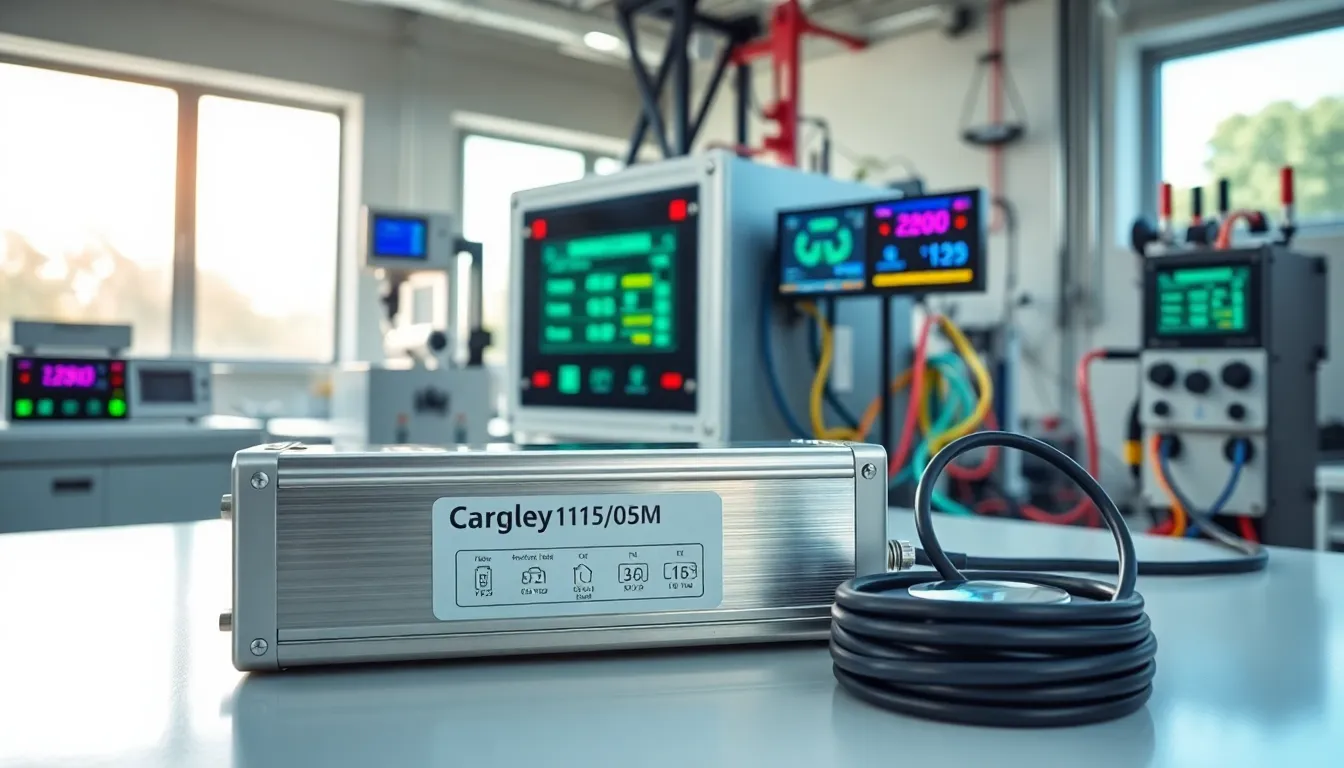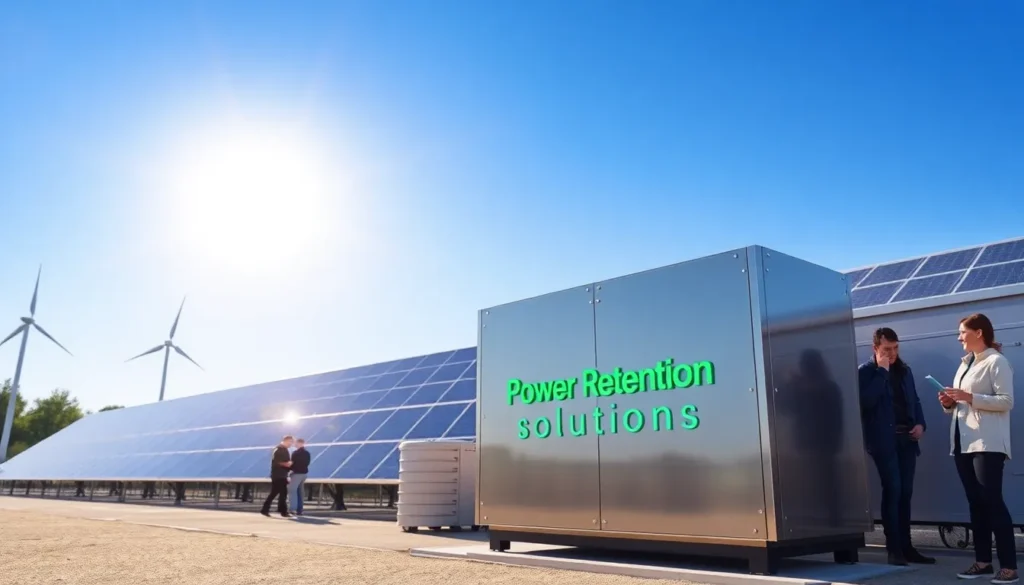Table of Contents
ToggleIn an age where energy consumption continues to rise alongside environmental concerns, understanding and maximizing power retention has never been more critical. Power retention refers to the ability of a system to store and maintain energy efficiently, ensuring that it can be utilized when necessary. This article delves into various aspects of power retention, from its importance and strategic improvements to the technological innovations currently shaping the field.
Understanding Power Retention

Power retention is fundamentally about how energy is stored and conserved within various systems, be it in batteries, thermal storage units, or other mediums. At its core, power retention revolves around two primary concepts: capacity and sustainability.
Capacity determines how much energy a system can store, while sustainability focuses on how long that energy can be preserved without significant loss. Various factors influence these two components, including the materials used in energy storage, the temperature of the environment, and the technology employed in energy conversion processes.
In practice, effective power retention is essential for a wide range of applications, from renewable energy sources that rely on storage solutions to electric vehicles that depend on batteries for efficient energy use.
Importance of Power Retention in Today’s World
The increasing demand for energy, compounded by the urgent need to address climate change, underscores the importance of power retention. As societies transition to renewable energy sources such as wind and solar power, ensuring that energy generated during peak production times can be stored and used later becomes vital. This capability not only reduces waste but also stabilizes energy supply, making renewable sources more viable for widespread usage.
Also, industries are also recognizing the role of power retention in reducing operational costs. Enhanced power retention systems can decrease the need for expensive peaking power plants, leading to significant savings and greater energy efficiency. For consumers, improved power storage technology also means the promise of lower utility bills and more reliable energy access, especially in regions prone to outages.
Strategies for Improving Power Retention
Several strategies can be employed to enhance power retention across various systems. These include:
- Optimizing Energy Storage Technologies: Selecting the right type of batteries, such as lithium-ion or flow batteries, can significantly increase energy retention based on the intended application.
- Adopting Advanced Materials: Utilizing materials with higher energy densities or improved thermal properties can enhance the capability of energy storage systems. Innovations like solid-state batteries and graphene-based materials are paving the way for more efficient usage.
- Implementing Smart Grids: Smart grid technology allows for real-time monitoring and management of energy flow, enabling better integration of renewable sources and efficient distribution of stored energy.
- Investing in Insulation and Thermal Storage: For thermal energy systems, improved insulation materials can help retain heat longer, reducing the energy required for heating applications.
Technological Innovations in Power Retention
Recent advancements in technology are revolutionizing the power retention landscape. Notable innovations include:
- Transformative Battery Technologies: Breakthroughs in solid-state batteries promise increased safety, capacity, and lifespan compared to traditional lithium-ion batteries.
- Enhanced Thermal Energy Storage Solutions: Innovations, such as phase change materials, are being developed to store and release thermal energy much more efficiently than conventional methods.
- Artificial Intelligence Integration: AI optimizes energy management systems, predicting consumption patterns and adjusting storage operations accordingly, ensuring peak efficiency at all times.
Challenges in Enhancing Power Retention
Even though the promising advancements, several challenges remain in enhancing power retention. Economic factors often dictate the initial investment in advanced power retention technologies, leading to resistance from industries reluctant to adapt. Besides, the recycling and disposal of traditional batteries present significant environmental concerns that need to be addressed. Storage technology is also often constrained by geographical and climatic conditions, where renewable sources may not align perfectly with storage capabilities.
Future Trends in Power Retention Technologies
Looking forward, several trends are emerging in the realm of power retention. These include:
- Increased Focus on Renewable Energy Storage: As the world seeks to minimize carbon footprints, advancements in energy storage systems that cater specifically to solar and wind energy are set to dominate the market.
- Decentralized Power Generation Systems: Microgrids and localized energy solutions are gaining traction, promoting localized energy storage solutions that enhance power retention efficiency.
- Regenerative Energy Storage: Technologies that store energy generated during periods of energy surplus and release it during peak demand are expected to grow in prominence.
Conclusion
Maximizing power retention is essential in today’s energy-driven society, where sustainability and efficiency are paramount. By understanding its significance, exploring innovative strategies, and embracing emerging technologies, individuals and businesses alike can lead the charge towards a more energy-efficient future. As society continues to evolve, so too will the strategies for improving power retention, ensuring a balanced and sustainable energy landscape.








